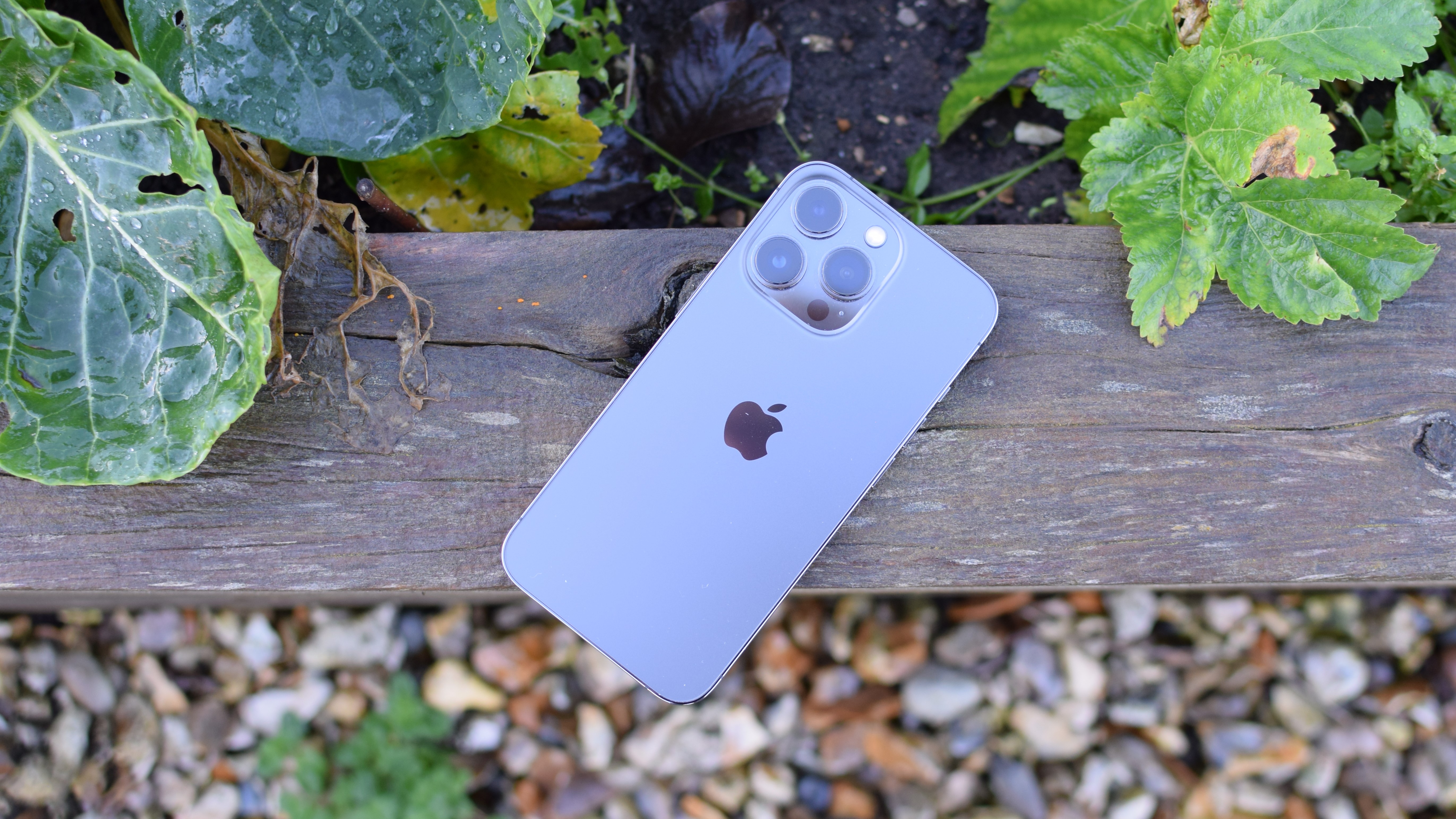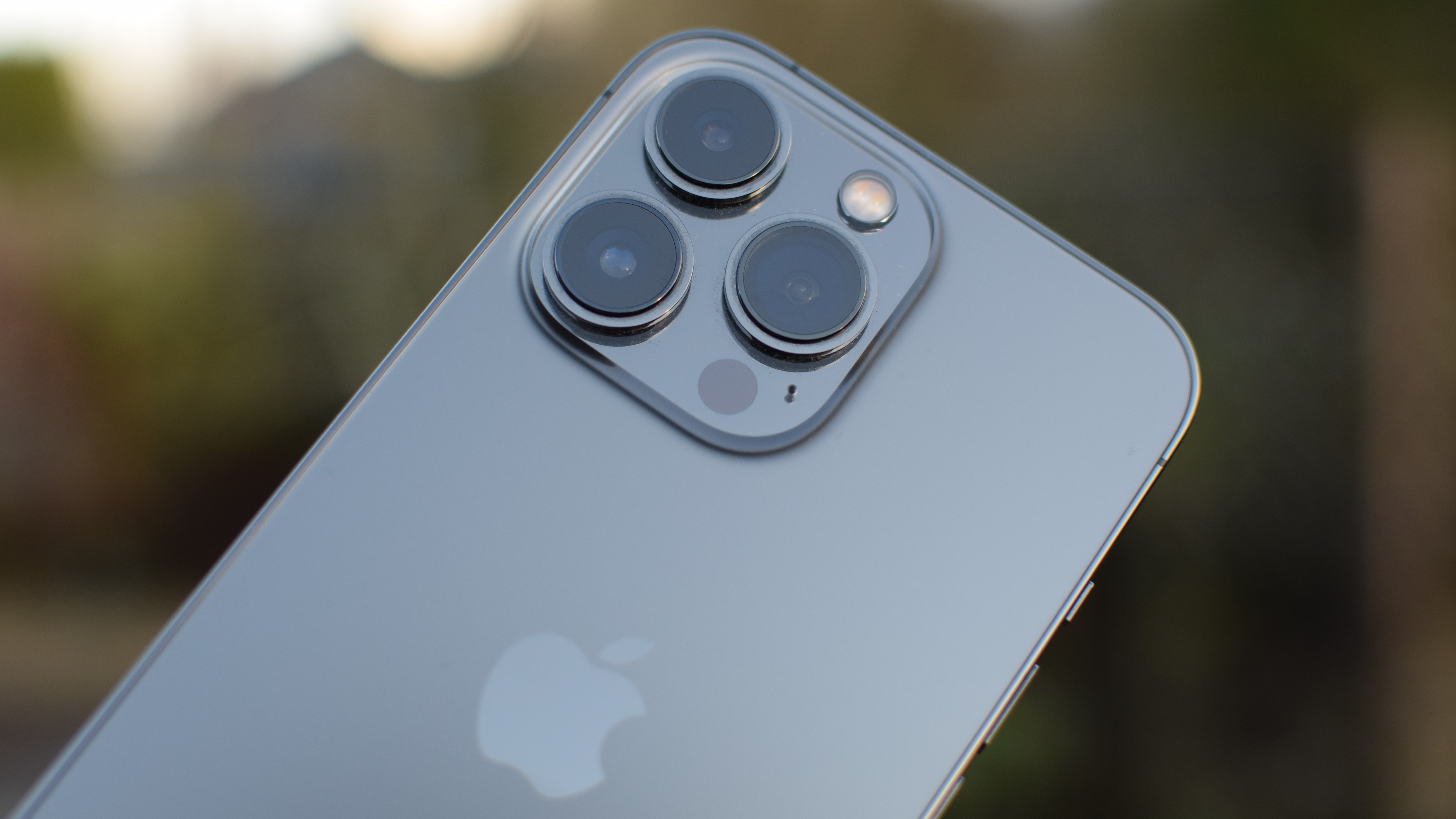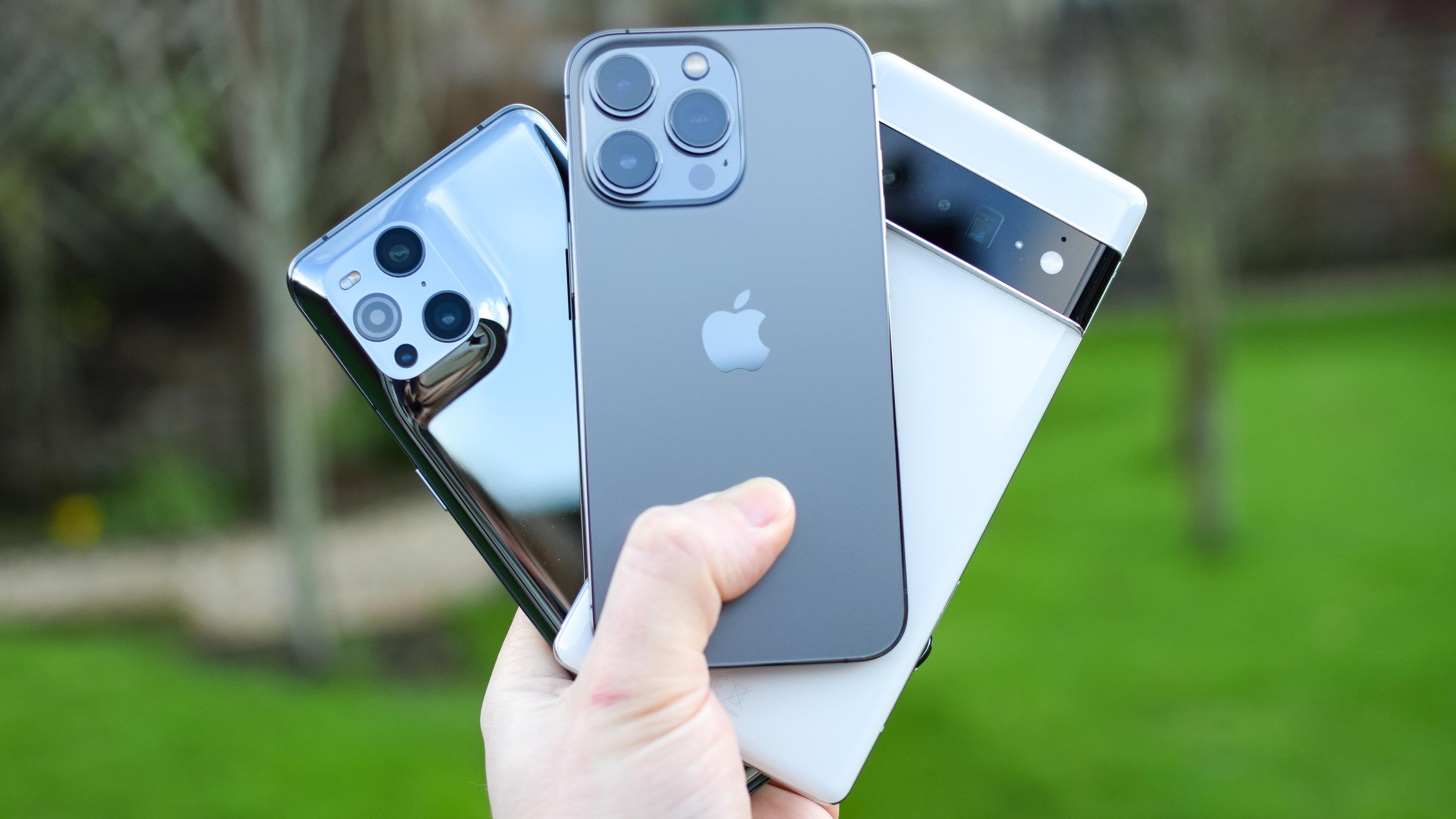I switched from Android to iPhone — and this is the one reason I'm not going back
The iPhone 13 Pro offers a consistent experience that Android phones can't beat

My journey moving from Android to iPhone has been an interesting one so far. I've narrowed down the things that have me enamored with the iPhone 13 Pro, yet equally I've dug into the things that have frustrated me with the Apple phone.
However, ever since making the move some five months ago, I've been expecting to make the move back to a flagship Android phone. After all, I'm writing this on a Samsung Galaxy Z Fold 3, I do very much like the Google Pixel 6 Pro, recently took a deep-dive into the Oppo Find X5 Pro, and am now giving the Samsung Galaxy S22 Ultra a spin. In fact, I had thought the latter would have me swapping my SIM card over right away, given it has a Note-like design that I adore.
But that hasn't happened. And I've been racking my brain to figure out why. Sure, I love the size and feel of the iPhone 13 Pro, but I also own big phones. And its cameras are great, but I do love the look of the Google Pixel 6 Pro's shots.
Then it hit me with one word: consistency.

No matter what I do with the iPhone 13 Pro, using it is the same top-tier experience time and time again.
This isn't something I've encountered with Android phones; before you rush to the comments to call me an iSheep or an Apple fanboy, I've used — and still use — a suite of Android phones for years.
The Pixel 6 Pro's fingerprint scanner isn't just slow but pretty inconsistent. The phone can also be fussy holding onto a cellular connection, and there are often software oddities.
Take the Pixel 6 Pro. It's a fantastic device that's full of smart features, but the experience of using it over the past few months has been rather janky. The fingerprint scanner isn't just slow but is also pretty inconsistent. I've found it can be fussy about holding onto a cellular connection, and there are often software oddities and hang ups. There's not enough to make me dismiss Google's latest flagship. But in comparison, I don't believe I've encountered any bugs in iOS, with everything consistently loading fast and the 120Hz refresh rate adapting in a manner where I don't really notice.
Get instant access to breaking news, the hottest reviews, great deals and helpful tips.
The same is true of the camera experience with the iPhone 13 Pro. No matter what mode or camera I use, the photo results are consistently great. Sure, a shot on the Galaxy S22 Ultra might yield a 10-out-of-10 photo. But it doesn't always do deliver that, despite it arguably being a contender for the top spot on our best camera phones list.
The iPhone 13 Pro doesn't always deliver face-off winning photos, but shot after shot it'll consistent serve up 9-out-of-10 photos. And I'd happily trade the occasional superb photo for consistently great shots time and time again.

I also found that if you take the time to really frame a shot, the iPhone 13 Pro really works with you, whereas the Android phones I've used lately aren't so willing to get the photo I want.
And when it comes to video, the iPhone 13 Pro is consistently the king of delivering great footage regardless of the situation.
It'll surprise no one that Apple’s walled garden approach to app and ecosystem also delivers a consistent experience, albeit a constrained one. Android apps and Google's Play Store have gotten a lot better at this, but Apple still has the edge.

And using a basic Apple Watch SE is far easier with an iPhone, and offers a more consistent wearable tech experience over my good but janky Fossil Carlyle Gen 5 smartwatch. Pairing the AirPods Pro to an iPhone is stupidly simple, and using AirPlay is arguably easier than Android equivalents.
Even the things that annoy me about the iPhone 13 Pro and iOS 15, such as Face ID refusing to recognize me when I'm lying on my side in a dark room, are consistent. And that means dealing with these irritations can be done in a consistent manner. I have a near-muscle memory move to dismiss Face ID and tap in my lockscreen PIN. Apple's insistence on using the Lightning port rather than USB-C is consistently annoying, though.

This level of consistency makes the iPhone 13 Pro feel like a gloriously friction-less device to use. Everything I do on the phone is seamless and I rarely feel iOS is trying to impose itself upon me; I'm still wholly uninterested in Siri.
And as much as I hate to use the tired and rote phrase parroted by Apple fans, the iPhone does indeed "just work."
Granted, Samsung is getting ever better at delivering a smartphone experience and ecosystem that feels consistently great. But until it equips all S-series phones with the same chips, rather than having Snapdragon or Exynos silicon for different regions, I can't see it offering the same consistently as Apple's smartphones.
So it's because of this consistency that I can see myself sticking with the iPhone 13 Pro until the fall, where we should see the likes of the Google Pixel 7, and of course, the iPhone 14. (On the other hand, there's one reason I can't quit Android entirely.)

Roland Moore-Colyer a Managing Editor at Tom’s Guide with a focus on news, features and opinion articles. He often writes about gaming, phones, laptops and other bits of hardware; he’s also got an interest in cars. When not at his desk Roland can be found wandering around London, often with a look of curiosity on his face.
